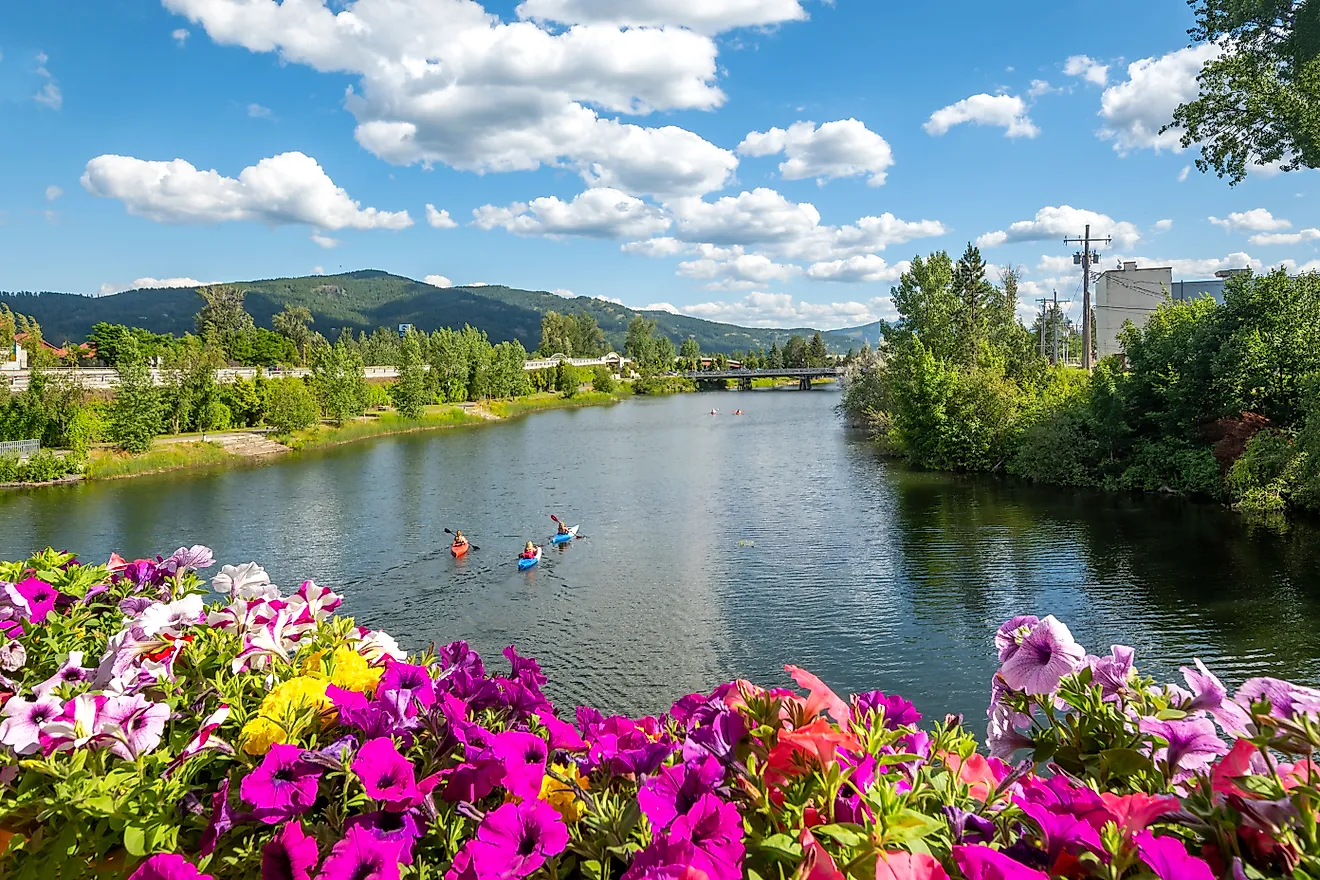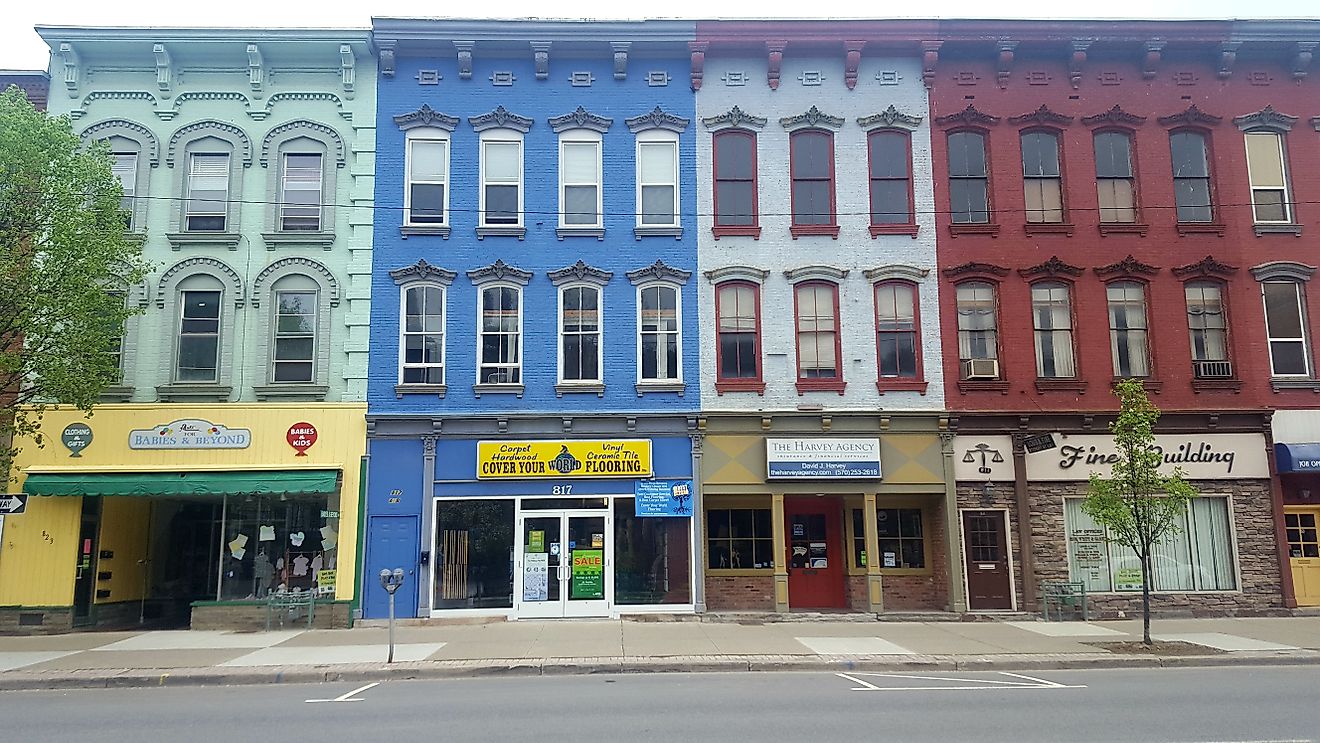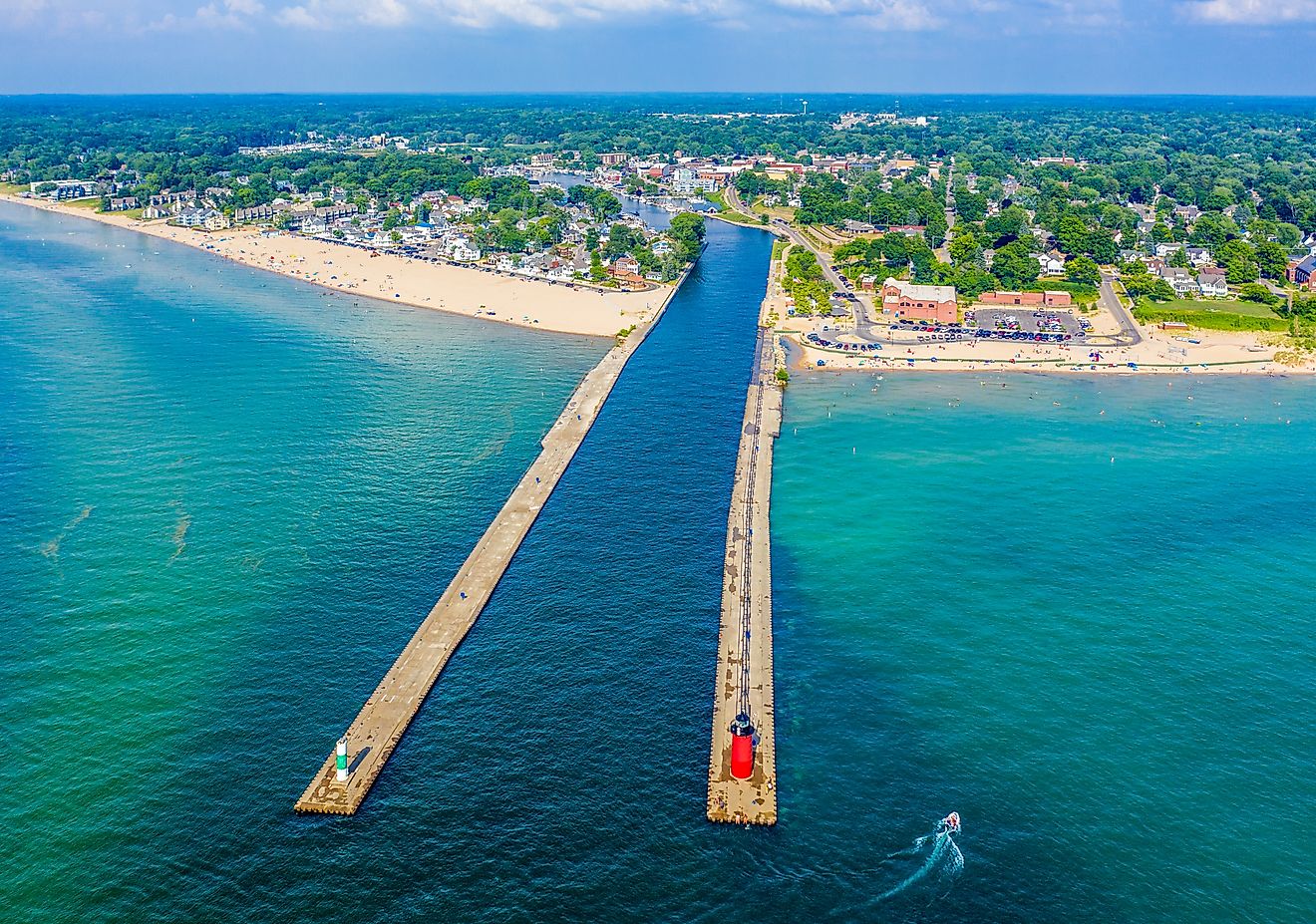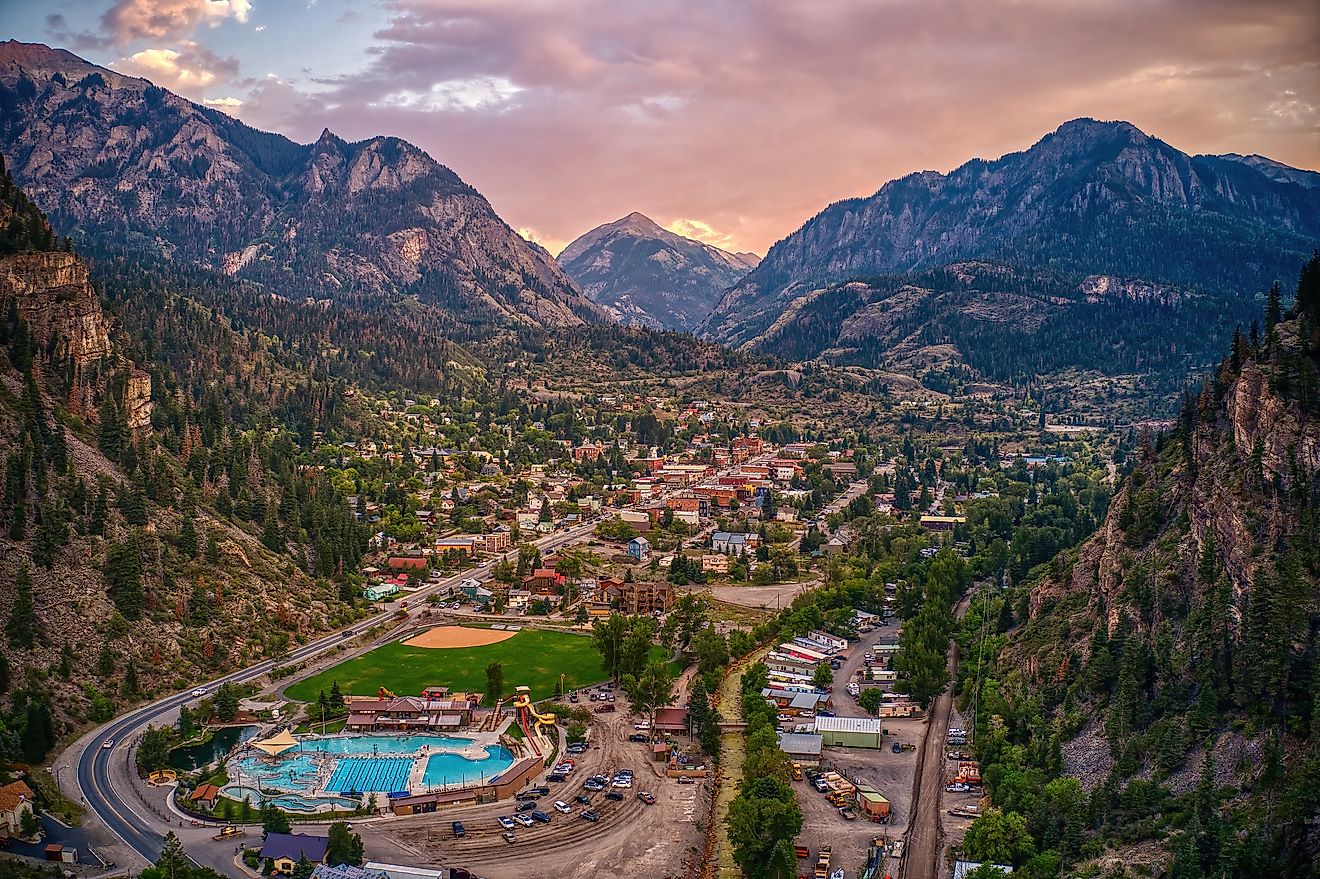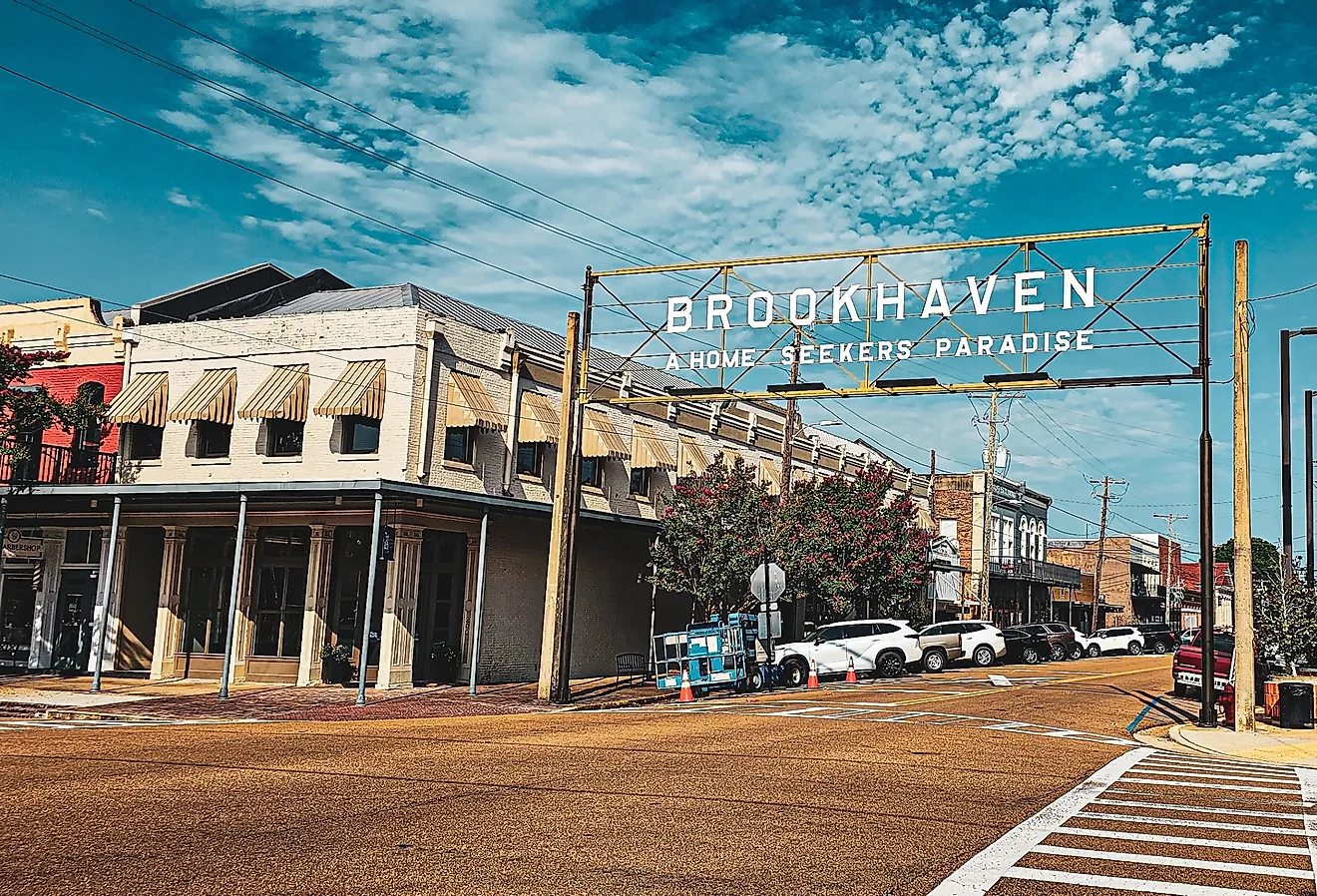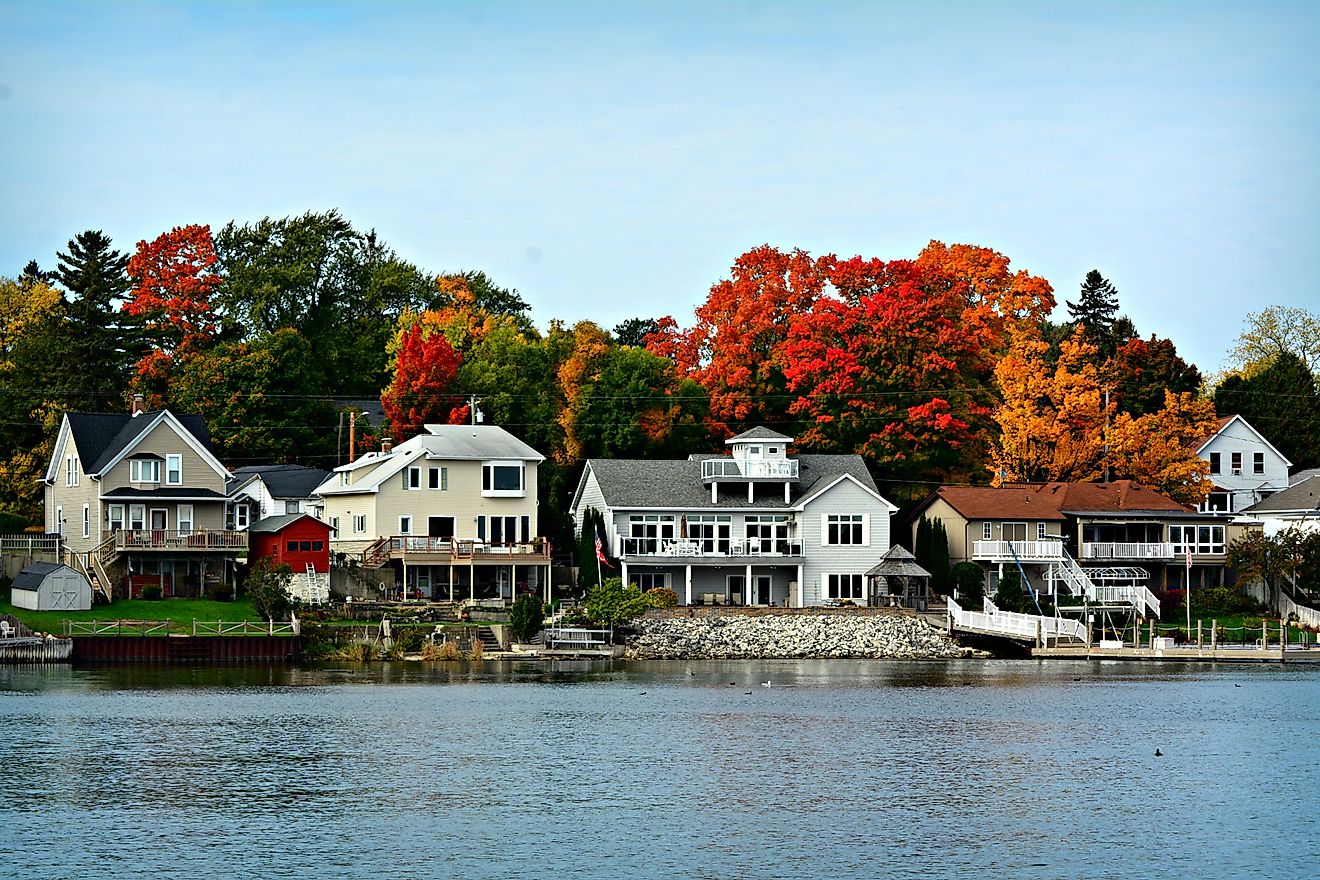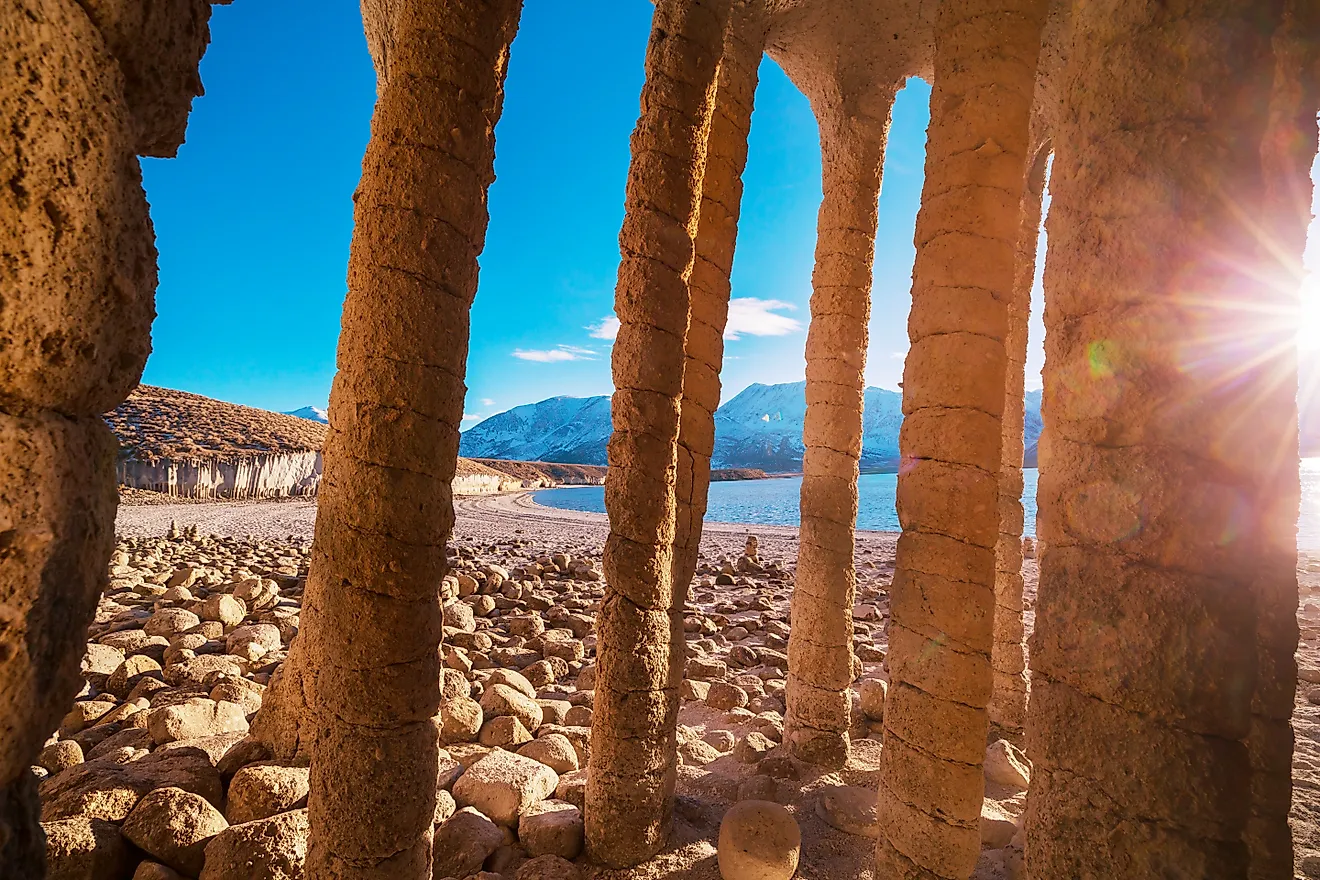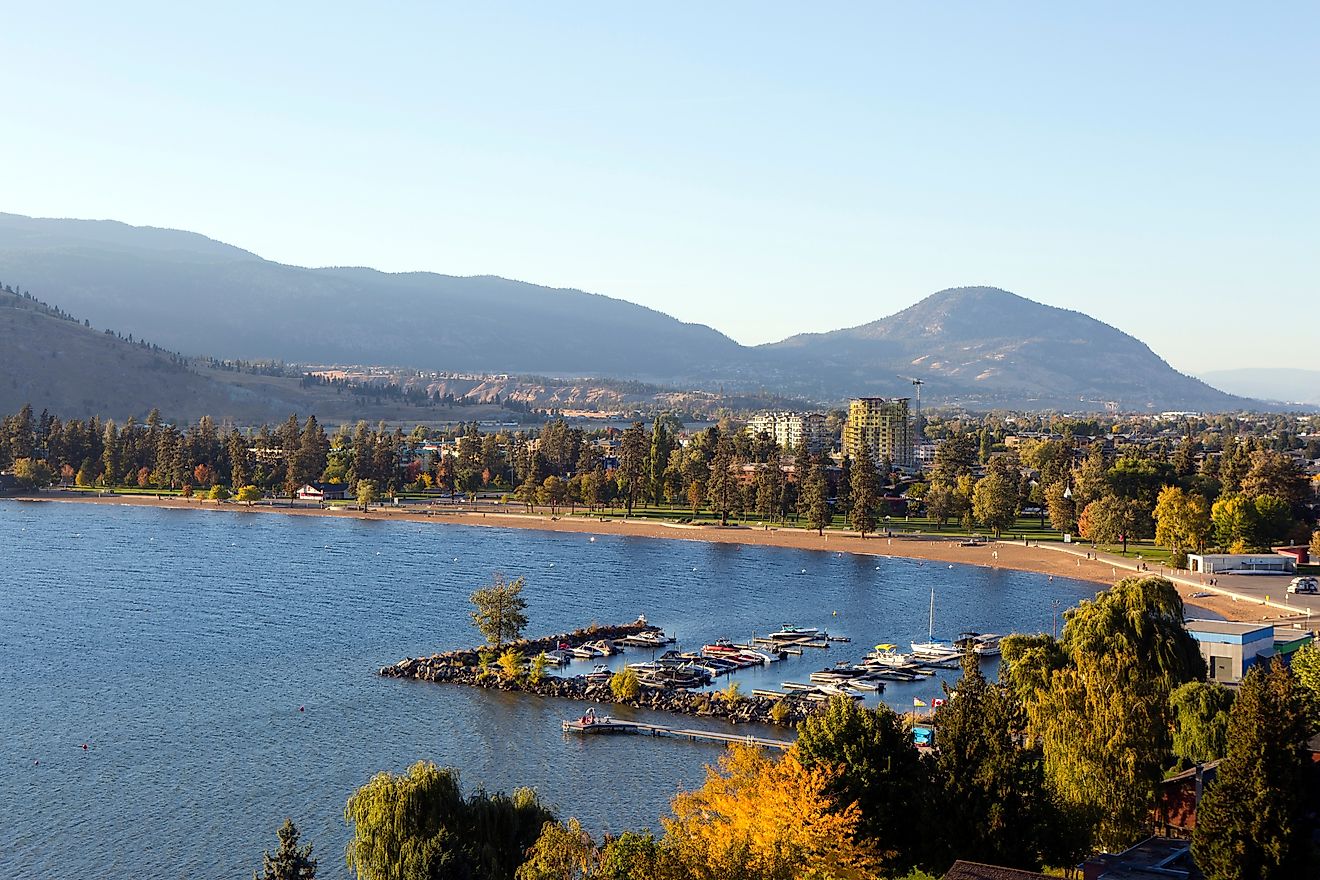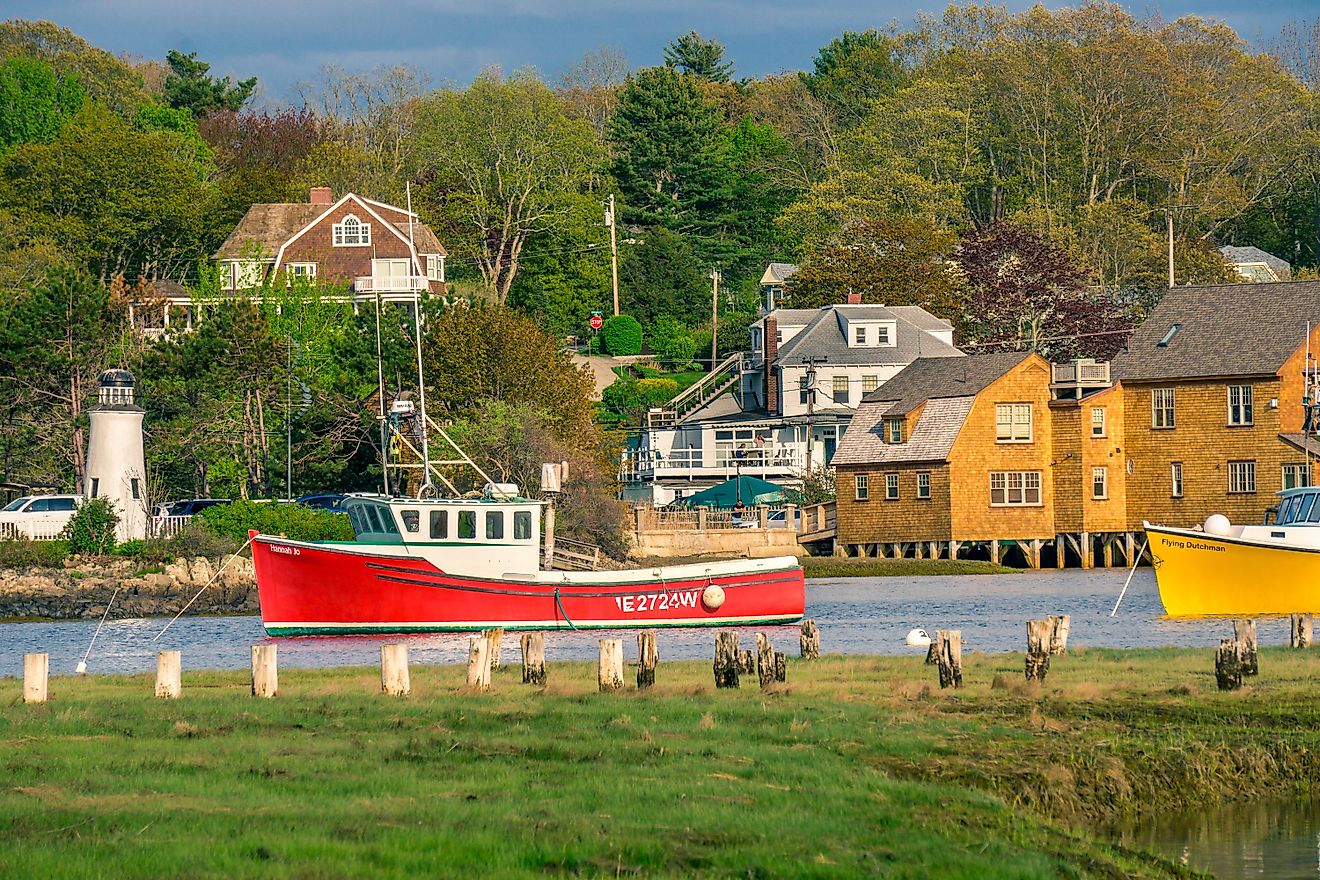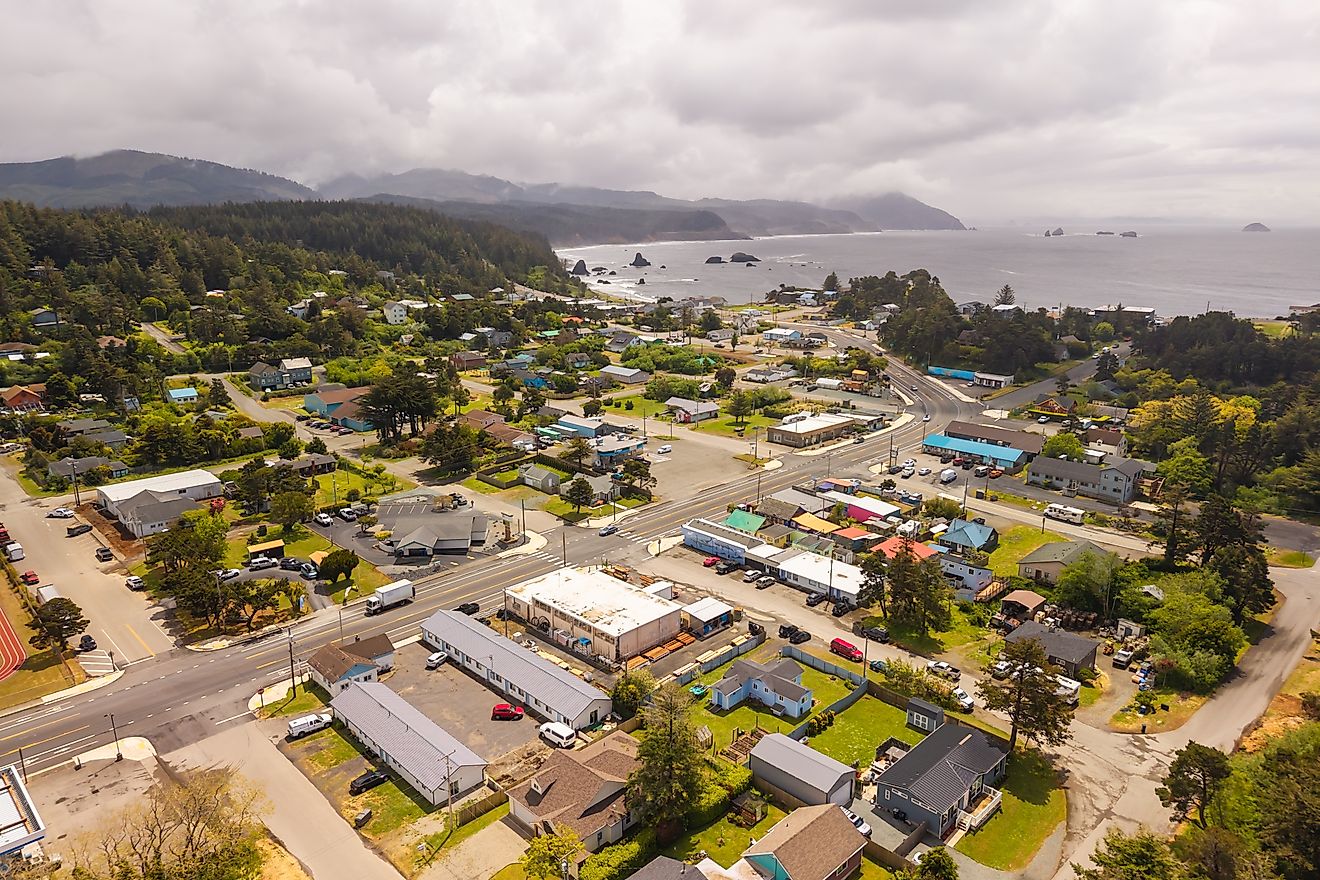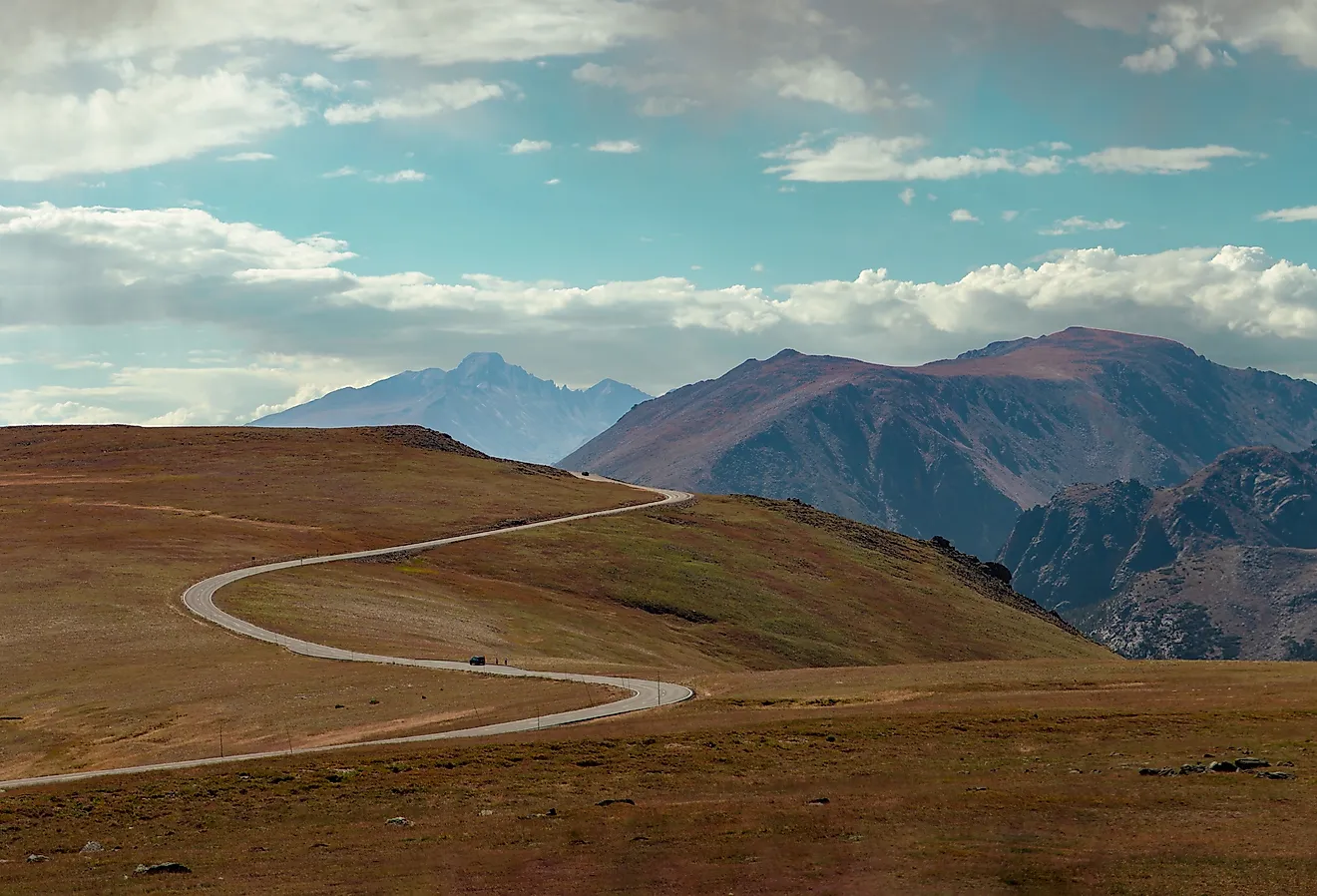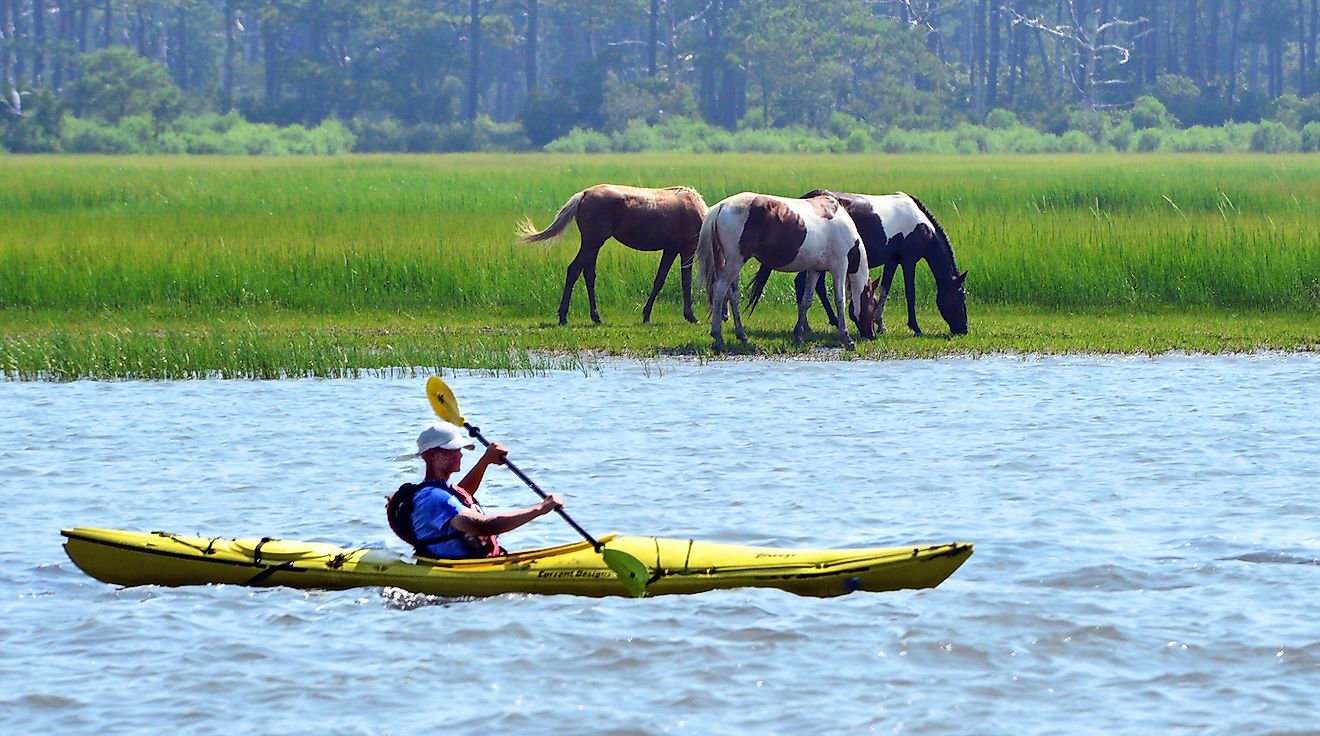Pamukkale, Turkey - Unique Places Around the World
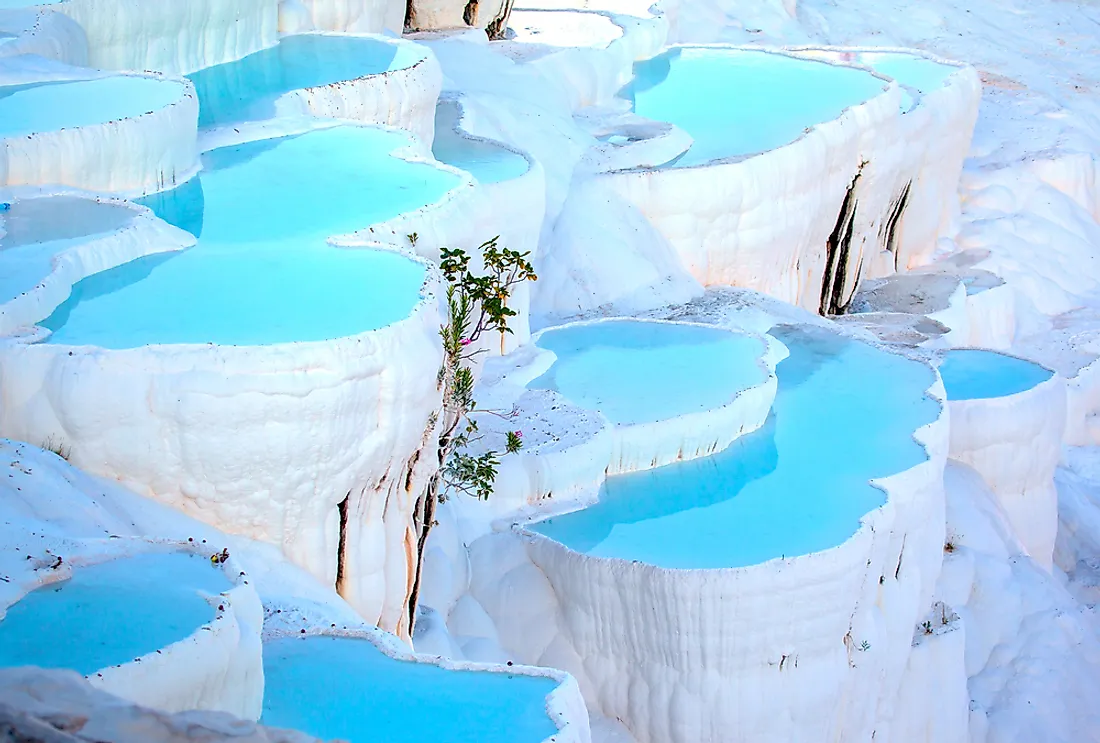
Pamukkale is a Turkish word that translates to “cotton castle” in English. Pamukkale, also called the ancient Hierapolis (which means Holy City), is a natural marvel located in a region called Denizli which is to the southwest of Turkey. The town of Denizli is around 12.43 miles from the site. The site is situated in the Inner Aegean section of Turkey in the River Menderes Valley. The site is widely known because of the carbonate minerals left by running water and because of the temperate climate.
History
Historically, the ancient Greco-Roman city known as Hierapolis was erected on top of the feature. Pamukkale itself has a total length of approximately 8,860 feet a width of 1,970 feet, and a height of around 525 feet.
The name comes from snow-white limestone formations shaped as terraces that appear to be gleaming. These radiant terrace formations were formed over a long period by the spring carrying water rich in calcium. The springs’ water moves down the mountainside all the way into milky pools that are at the base. Legends claim that the formations are formed by cotton that somehow solidified.
Habitat
Pamukkale is dominated by travertine terraces. Travertine is the sedimentary rock that is made up of the minerals found in the water from the springs. The hot springs in the area are 17 in number with water coming out at temperatures of between 35 °C (95 °F) to 100 °C (212 °F). There is little wildlife in the site, however, tadpoles can be found in some of the pools.
Uniqueness
Aside from being a breathtaking and wondrous site, Pamukkale is also made unique by its history. The Holy City of Hierapolis itself was built on top of the marvel. Somehow, despite all the carbon dioxide emitted in the area, the priests who used some underground caves full of the gas found a way to operate without being harmed. Today, the ruins of the city are visible.
Tourism
Tourism has been a main activity in the area for thousands of years because of the thermal pools. In fact, the mid-20th century saw a few hotels erected on top of the site because of its jaw-dropping beauty.
Since 1988, the site, together with the nearby ruins, has been documented as a World Heritage Site and is officially called Hierapolis-Pamukkale. The ruins are now well taken care of and preserved with a museum available. Tourists are not allowed to go near the terraces. Instead, there is a footpath on the mountain face that tourists use. Tourists are only allowed to dip their bare feet into the smaller pools since new regulations were put in place. Previously people could be seen bathing in the pools.
Threats
The biggest threat to the site comes from human beings. Many hotels built on top the site destroyed the water reserves in the pools since hotels were draining the water for use in their pools. Fortunately, all of them were demolished, and water supply to the hotels nearby is strictly regulated. Also, most people used to pollute the water in the site because of dirt that was being thrown around and in the water. These practices have also been curbed.
